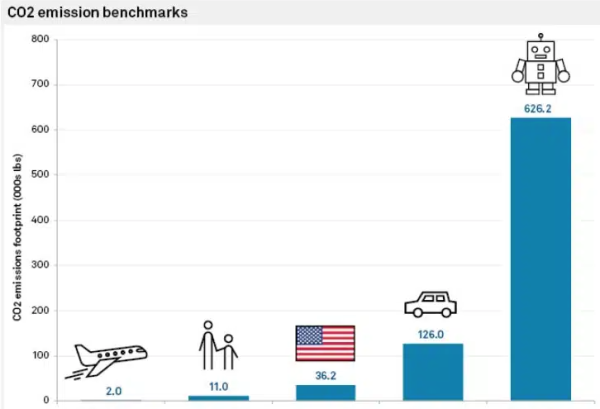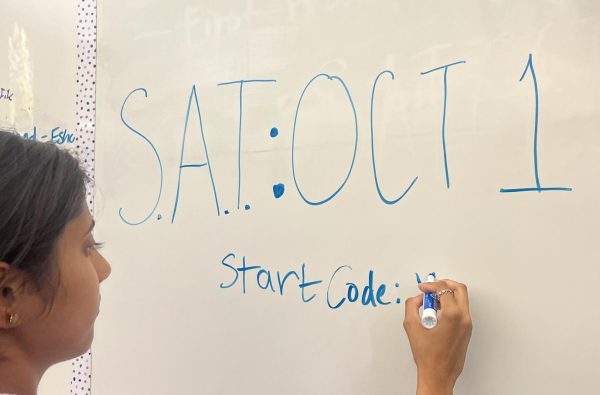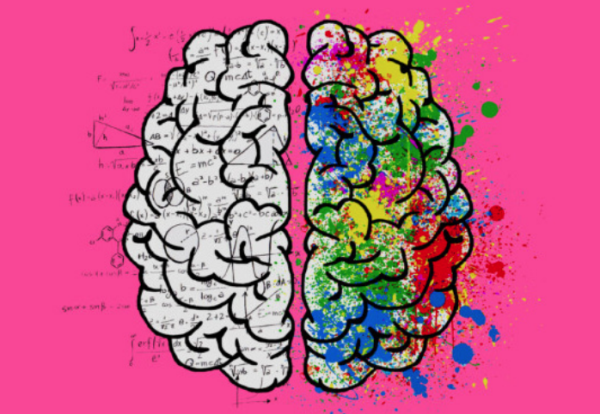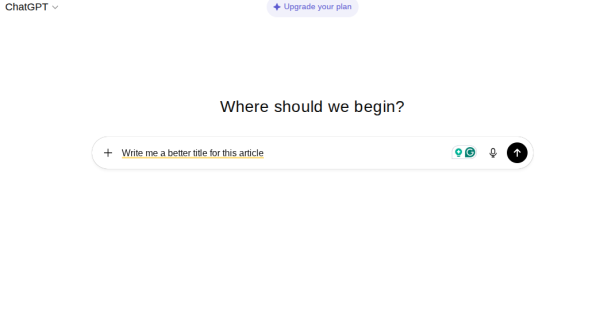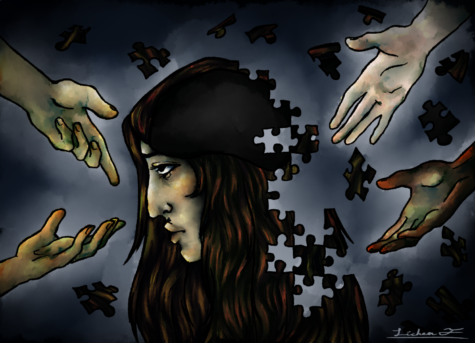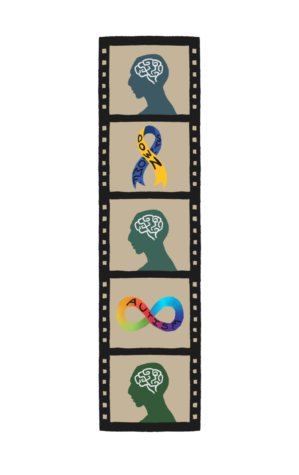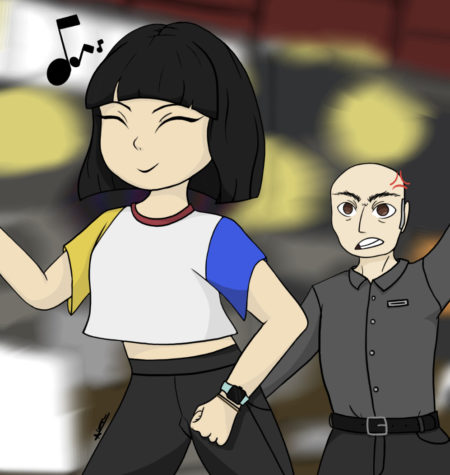Commentary: Graffiti artwork should no longer be a crime
There are many forms of artistic expression, and it should not be limited to the traditional forms that many people recognize, like painting or drawing
When individuals think of art, the first thing that might have popped up in their head is the infamous work of Picassco or the entertaining tutorials by Bob Ross, but there is more to art than just the paintings that we all recognize.
There is no formal definition that says that art is restricted to just paintings or drawings, and graffiti art is just as valid as these other forms.
In the United States, unless specifically allowed by the property owner, graffiti is against the law. While there is currently no formal movement to change this law, graffiti is used to express many different types of emotions and perspectives and should not be criminalized.
Take the “instafamous” angel wings project in Los Angeles. The reason the artist created these wings was “to remind humanity that we are the angels of Earth,” said Colette Miller, the creator of the movement, in an interview with Discover Los angeles.
Miller has used her platform to spread positivity through graffiti art for everyone to see and share with others.
I think Miller is not only doing good on her part for spreading positivity to the world, but also by destigmatizing the art of graffiti.
Graffiti has been a part of my life since birth. My upbringing was in San Francisco, where I was surrounded by many pieces of graffiti art. Graffiti not only shaped me as the person I am today by influencing my passion for art, but also by teaching me how to be able to express my creativity and let it run wild beyond a piece of paper.
And as someone who grew up with graffiti all around me, I hate seeing a piece of my childhood being considered a crime.

Graffiti is all around San Francisco, and many other cities.




